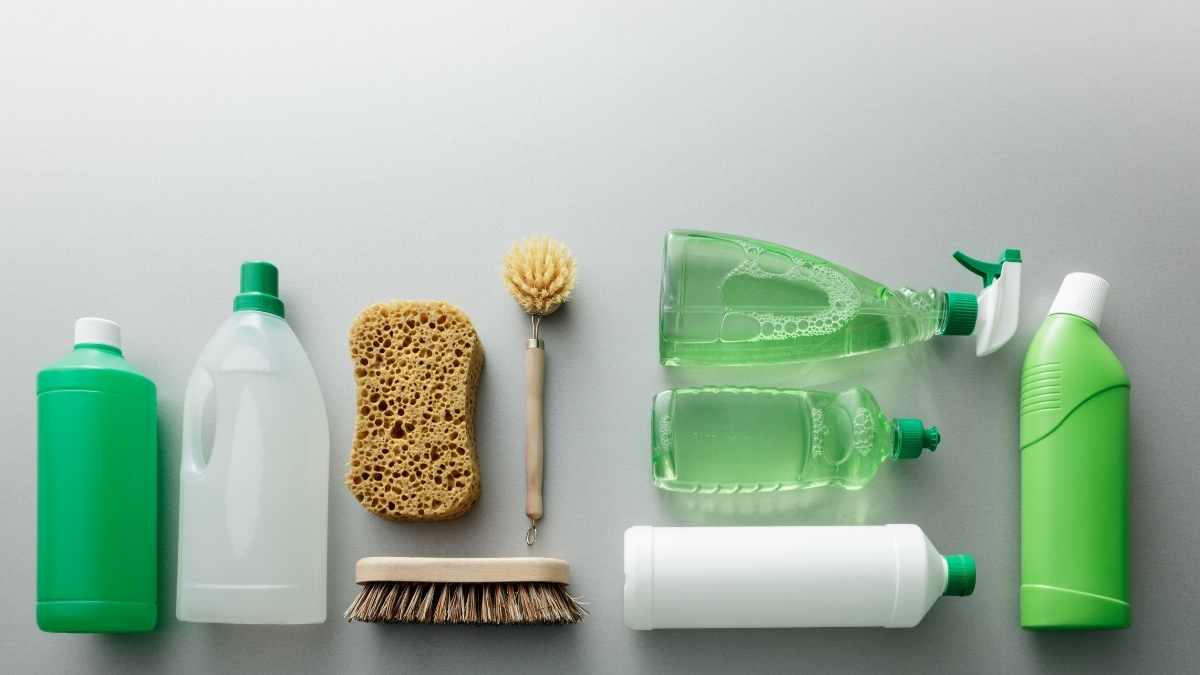Have you ever walked into a freshly cleaned room only to be hit by a cloud of chemicals? Or maybe you’ve gotten a headache from the overpowering scent of your cleaning products? It’s time to ditch those toxic cleaners for good and open the doors to green cleaning!
As an eco-friendly, green cleaning enthusiast, I can attest to the dangers of using toxic cleaners. Not only can they harm our health, but they also pose a risk to the environment.
Once, I was cleaning my bathroom with a popular commercial product and accidentally splashed some onto my skin. At first, I didn’t think much of it. But soon after, I noticed a burning sensation on my skin. I quickly rinsed it off, but I wondered what else was in that cleaner that could cause such a reaction.
The truth is many cleaning products contain ingredients that can harm our health, such as carcinogens, neurotoxins, and endocrine disrupters. And when we rinse these chemicals down the drain, they can eventually end up in our waterways, harming aquatic life.
So, if you’re ready to make the switch to safer cleaning products, stay tuned! I’ll be sharing some of my favorite green cleaning tips and products to help you make the transition to a healthier, eco-friendlier home.
Introduction: What are Toxic Cleaning Products?
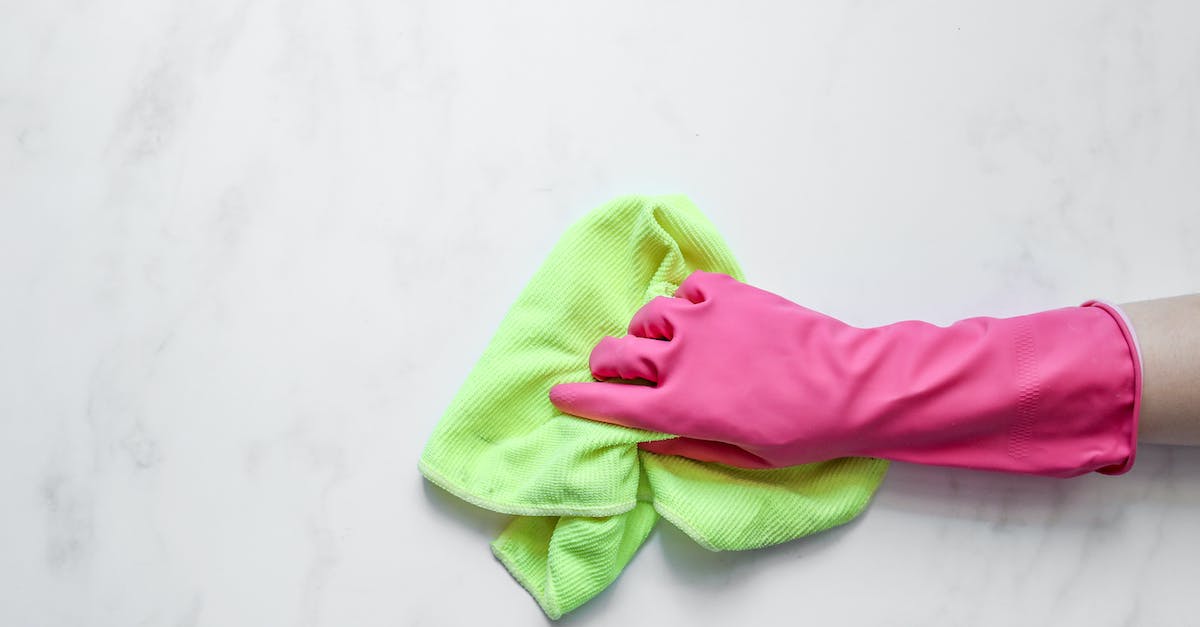
Toxic cleaning products are everywhere, and sadly, they’re used in many homes across the world. These products contain chemicals that can harm our health and the environment. From surface cleaners to laundry detergents and air fresheners, these products are used on a daily basis without much thought about their effects.
Many people might be wondering what exactly makes cleaning products toxic. The answer is simple – they contain chemicals that can cause harm to living organisms. These chemicals include ammonia, chlorine bleach, formaldehyde, and phthalates, among others. When these chemicals are inhaled or come into contact with our skin, they can cause various health problems. The effects can range from mild irritation to more severe conditions like respiratory problems, skin allergies, and even cancer.
Babies and young children are especially at risk from toxic cleaning products. Their developing immune systems and smaller bodies make them more vulnerable to the harmful effects of these chemicals. Pregnant women and elderly individuals are also at risk, as the chemicals can affect their immune and respiratory systems.
-

Fashionably Green and On-The-Go
£16.50 Select options This product has multiple variants. The options may be chosen on the product page -
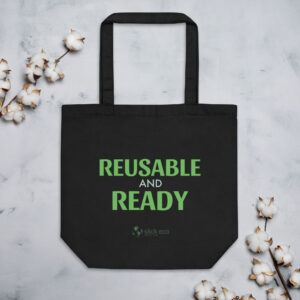
Reusable and Ready Eco-Friendly Tote Bag
£16.50 Add to cart
It’s crucial to understand that using toxic cleaning products not only affects our health but also harms the environment. When these chemicals are washed down the drain, they can end up in our waterways and harm aquatic life. They also contribute to air pollution when they’re used in sprays and aerosols.
Fortunately, there are alternatives to toxic cleaning products. Natural cleaning products use plant-based ingredients that are safe for humans and the environment. They are just as effective as their toxic counterparts and don’t cost much more. Making the switch to natural cleaning products can have a significant impact on our health and the environment.
In conclusion, toxic cleaning products are a hidden danger in many households. They are harmful to our health and the environment, and we must take steps to protect ourselves and our planet. By making the switch to natural cleaning products, we can create a safer and healthier environment for ourselves and future generations.
Health Risks Associated with Toxic Cleaning Products
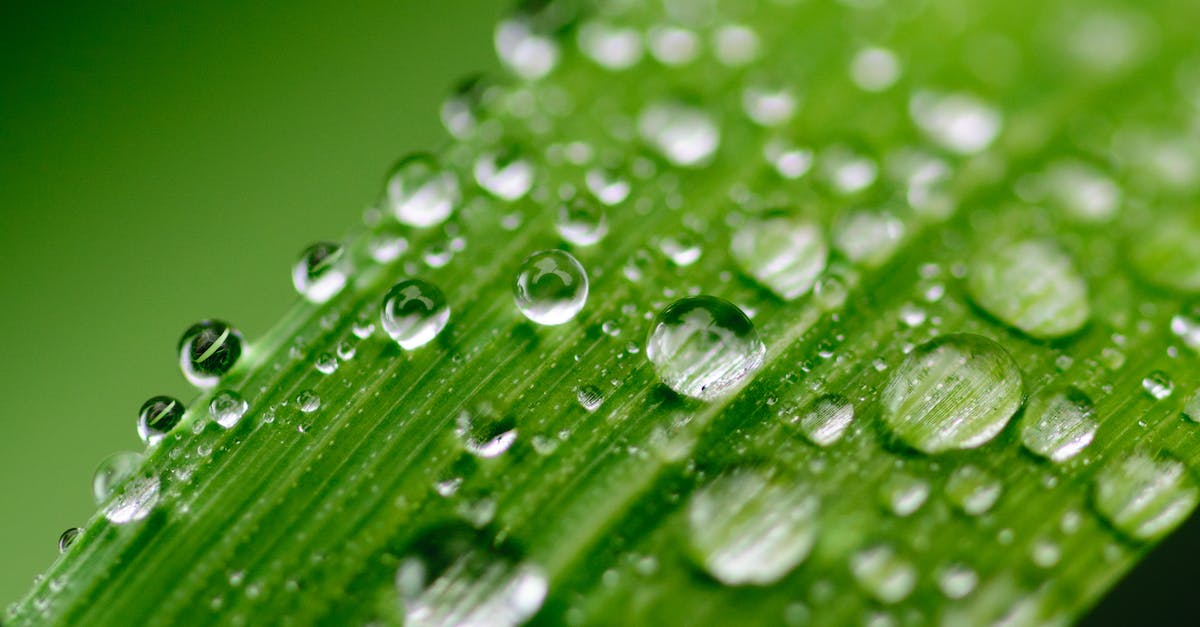
When it comes to cleaning your home, you might believe that you’re doing yourself and your loved ones a favor by using harsh, toxic cleaning products. After all, they promise to kill all the germs and bacteria lingering on your surfaces, making your home safe and clean. However, the dangers of these cleaning products are often overlooked, and there are numerous health risks associated with their use that you should be aware of.
Firstly, the chemicals found in many cleaning products can cause respiratory problems. When you use these products, small particles are released into the air, which can irritate your lungs and trigger allergies, asthma, and other respiratory conditions. This is particularly harmful for those with pre-existing respiratory issues, such as children, the elderly, and those with weakened immune systems.
Secondly, toxic cleaning products can cause skin irritation and be harmful if ingested. When you handle or use these products, you’re exposing your skin to harsh chemicals that can cause rashes and burns. This is especially true for individuals with sensitive skin or those who have allergies. Additionally, if these products are ingested, they can be toxic and even lethal.
Another danger of toxic cleaning products is their negative impact on the environment. These products contain chemicals that can pollute the air and water, harming aquatic life, contributing to global warming, and damaging the ozone layer. By choosing eco-friendly cleaning products, you can help to protect the natural world and reduce your carbon footprint.
In conclusion, it’s essential to realize the potential health risks that come with using toxic cleaning products. Although they may seem effective, the dangers of these products aren’t worth the risk. By choosing natural, eco-friendly cleaning alternatives, you can create a clean, healthy, and safe home for you and your loved ones.
Environmental Impacts of Toxic Cleaning Products

When we walk down the cleaning aisle of any supermarket, we are bombarded with a plethora of options for cleaning our homes. But did you know that most of these products are packed with harmful chemicals that can seriously damage our environment? Toxic cleaning products can have disastrous effects on the environment, leaving harsh footprints that we are not even aware of. Here are three environmental impacts of toxic cleaning products that you should know about:
- Contamination of water sources: When we use toxic cleaning products, the chemicals in these products tend to get washed down our drains and eventually end up polluting our water sources. This contamination can severely damage the quality of our water, making it unsafe for consumption by humans, as well as for wildlife and aquatic life.
- Invasive species: Many cleaning products contain chemicals that can have serious impacts on natural ecosystems. These products can promote the growth of invasive species that could potentially overtake native species, disrupting the delicate balance of our ecosystems.
- Atmospheric pollution: Many of the chemicals used in cleaning products are Volatile Organic Compounds (VOCs). These VOCs are not only harmful to our health but can also be released into the atmosphere and contribute to air pollution. This pollution can be harmful to people, animals, and plants.
As you can see, toxic cleaning products can have severe environmental impacts that we need to be aware of. As consumers, we have the power to choose eco-friendly products that are safe for both us and the environment. So, the next time you’re looking for cleaning products, take a moment to read the labels, choose wisely, and do your part in protecting our planet.
Harmful Ingredients found in Cleaning Products
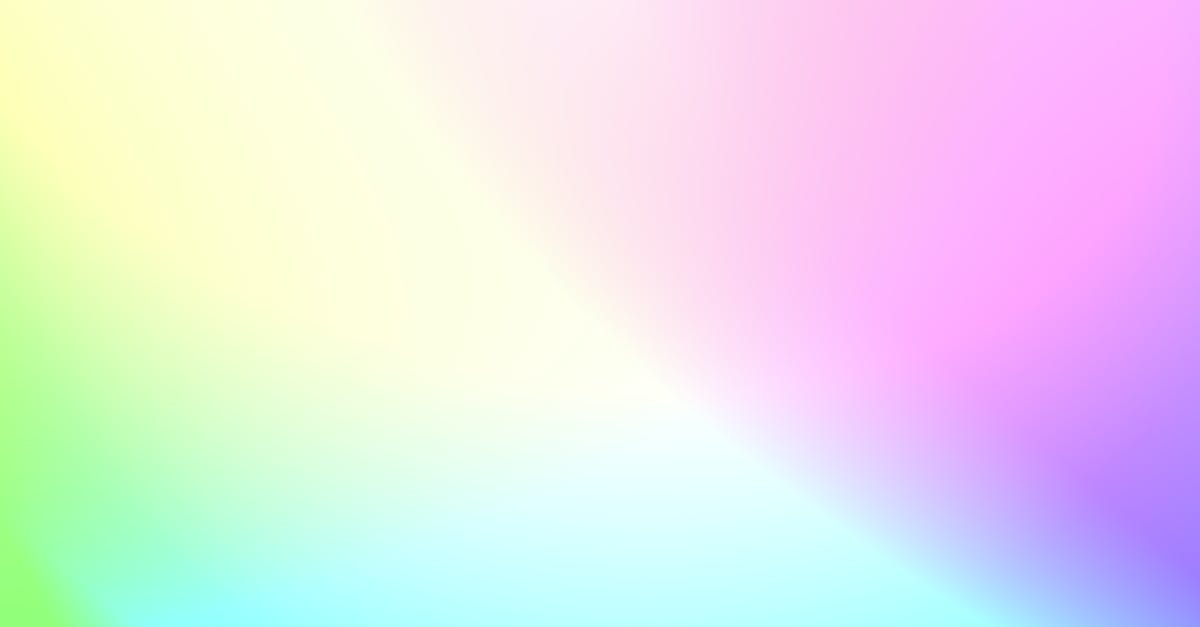
Cleaning products are essential items in our homes, but what most people don’t know is that they can be dangerous to our health. Manufacturers use a variety of chemicals in these products that can be harmful to our bodies and the environment. Here are four harmful ingredients found in cleaning products:
1. Ammonia: Ammonia is a common ingredient in products used for cleaning windows and mirrors. It is a powerful and corrosive chemical that can irritate the eyes, skin, and respiratory system. Inhaling ammonia can cause lung damage, and prolonged exposure to it can lead to chronic bronchitis.
2. Chlorine: Chlorine is used in many disinfectants and bleaches. It is a strong irritant that can cause skin burns and respiratory problems. When mixed with other chemicals, such as ammonia, it can create harmful gases that can be lethal.
3. Formaldehyde: Formaldehyde is commonly found in some cleaning products, including disinfectants and air fresheners. It is a carcinogenic chemical that can cause cancer, and prolonged exposure to it can lead to respiratory and skin problems.
4. Phthalates: Phthalates are chemicals used in many cleaning products to enhance their fragrance. They are known to disrupt hormones in the body and can cause reproductive problems in men and women. Prolonged exposure to phthalates can also lead to respiratory and skin problems.
In conclusion, it is important to be aware of the harmful ingredients found in cleaning products. To avoid these harmful chemicals, it is advisable to use eco-friendly cleaning products that are free of harmful chemicals. These products use natural ingredients that are safe for you and the environment. When shopping for cleaning products, always read the label to ensure that the products you buy are safe for your health and the environment.
Safer Alternatives to Toxic Cleaning Products
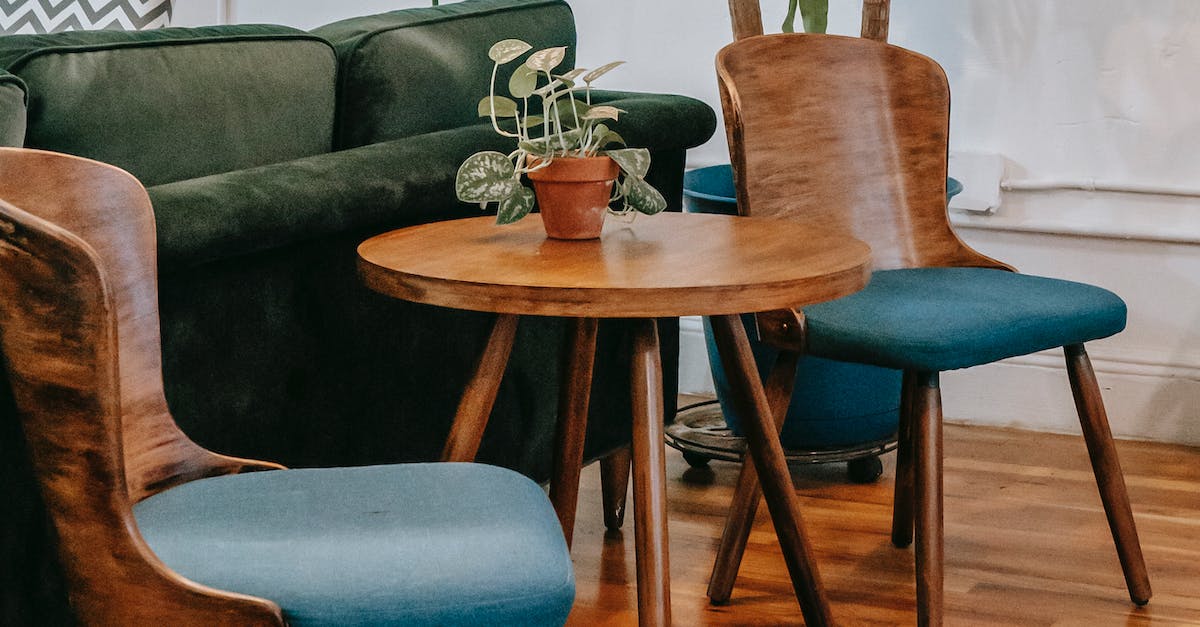
The Hidden Dangers of Toxic Cleaning Products are becoming more apparent with every passing day. With the proliferation of chemicals in many conventional cleaning products, it is no wonder that more and more people are turning to eco-friendly alternatives. Fortunately, there are many safer alternatives to toxic cleaning products that can make your home cleaner and healthier.
1. Baking soda: Baking soda is a versatile and inexpensive cleaning agent that can be used in a variety of ways. Sprinkle it on carpets to deodorize them, or mix it with water to make a paste that can be used to scrub sinks and countertops.
2. Vinegar: Vinegar is another cheap and eco-friendly cleaning agent that can be used in many ways. Mix it with water to make a natural all-purpose cleaner, or use it to remove hard water stains and soap scum.
3. Lemon juice: Lemon juice is a great natural cleaner that can be used to remove stains and disinfect surfaces. Mix it with water to create a natural deodorizer, or use it to clean and shine metal surfaces.
4. Essential oils: Essential oils like tea tree, lavender, and peppermint are natural cleaners that can be used to disinfect surfaces and freshen the air. Add a few drops to your cleaning solution or mix with water in a spray bottle.
5. Microfiber cloths: Microfiber cloths are an eco-friendly alternative to paper towels and can be used to clean surfaces without the need for chemicals. They are reusable and can be washed and dried for use again and again.
By using these safe and natural cleaning alternatives, you can avoid the hidden dangers of toxic cleaning products and keep your home healthier and cleaner. So, go green and start cleaning the eco-friendly way!
Promoting Safe Cleaning Practices.

Green cleaning enthusiasts are always on the lookout for safe cleaning practices that protect our health and the environment. Toxic cleaning products are a common household item that comes with many hidden dangers. Most people resort to them because of their effectiveness and convenience, but this is not always the best option. The chemicals present in these products can cause a wide range of health problems, including respiratory issues, allergic reactions, skin irritations, and even cancer.
The good news is that there are many safe alternatives to toxic cleaning products that we can all use. Here are some tips on promoting safe cleaning practices:
- Read Product Labels: Always read the product label to identify potentially harmful chemicals present. Choose products that list their ingredients and avoid those with toxic chemicals like ammonia, bleach, and phosphates.
- Use Natural Cleaning Agents: You don’t always need commercial cleaning products to get your house clean. Natural options like vinegar, baking soda, lemon juice, and castile soap can be used to clean your home without exposing you to harmful chemicals.
- Avoid Fragrances: Artificial fragrances found in many cleaning products can cause allergic reactions and irritate the skin, eyes, and nose. Instead, opt for fragrance-free or naturally-scented products.
- Clean Regularly: Cleaning your home regularly reduces the need for harsh chemicals. Damp dusting with a microfiber cloth and vacuuming regularly can help to reduce allergens, mold, and dust mites in the home.
- Proper Storage: Store cleaning products in their original containers and out of reach of children and pets. Follow package instructions for proper disposal, as many cleaning products can be harmful to the environment if not disposed of properly.
- Spread the Word: Share this information with your family and friends, and encourage them to adopt safe cleaning practices. Choosing and using safe cleaning products can lessen the impact of toxic chemicals on the environment and our health.
In conclusion, it’s time to take action and clean safely. By being informed, adopting safe cleaning practices, and spreading the word, we can reduce our exposure to toxic chemicals and make our homes and the environment a safer place. So say goodbye to those hidden dangers and hello to a healthier, cleaner home!
Conclusion
And there you have it, my fellow eco-warriors – the hidden dangers of toxic cleaning products! But fear not, for we can all do our part to make the world a cleaner and greener place. It’s time to ditch those chemical-laden cleaners and opt for natural alternatives. Not only are these options safer for you and your family, but they’re also kinder to the environment.
So, next time you’re cleaning your home, think twice before reaching for that harsh bleach or toxic multi-purpose cleaner. Instead, try out some of these natural cleaning hacks:
– Use vinegar and baking soda to clean surfaces and remove any stubborn stains.
– Use lemon juice and salt to scrub away grime in your bathroom.
– Replace your bleach with hydrogen peroxide for a non-toxic alternative.
Not only are these natural alternatives just as effective, but they also smell amazing! Plus, you’ll feel good knowing that you’re doing your part to help the planet. Happy cleaning, my fellow eco-warriors!

